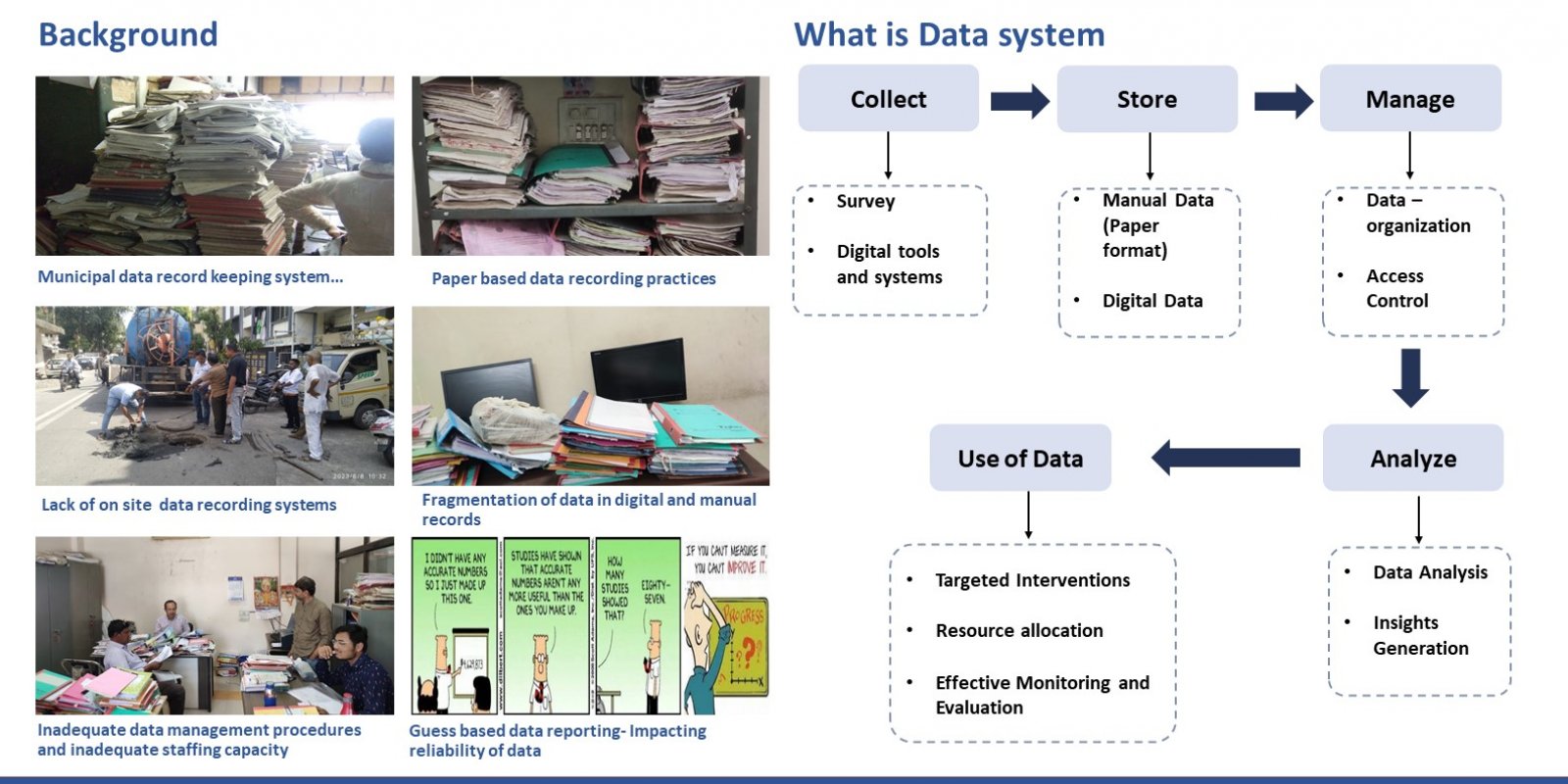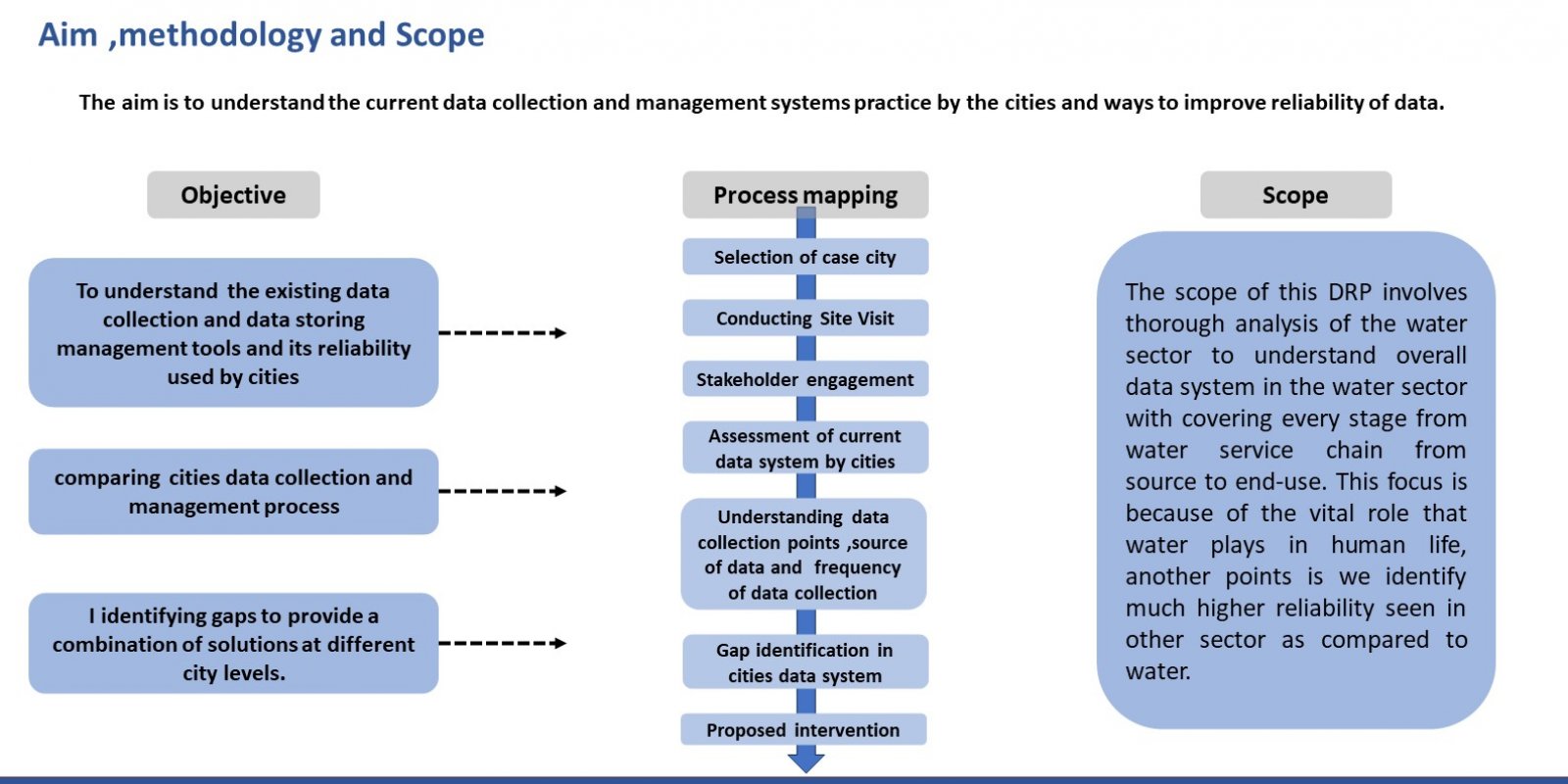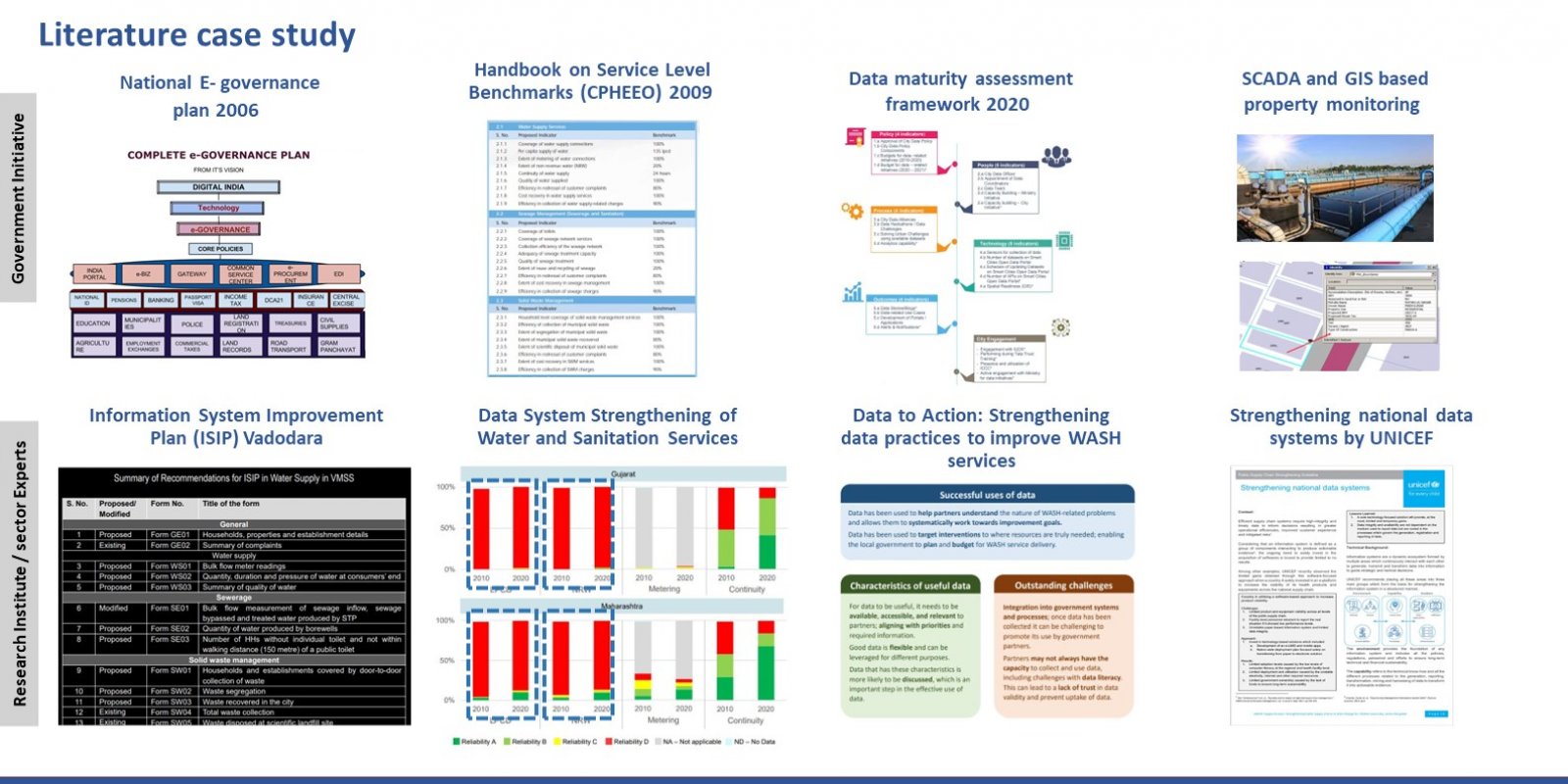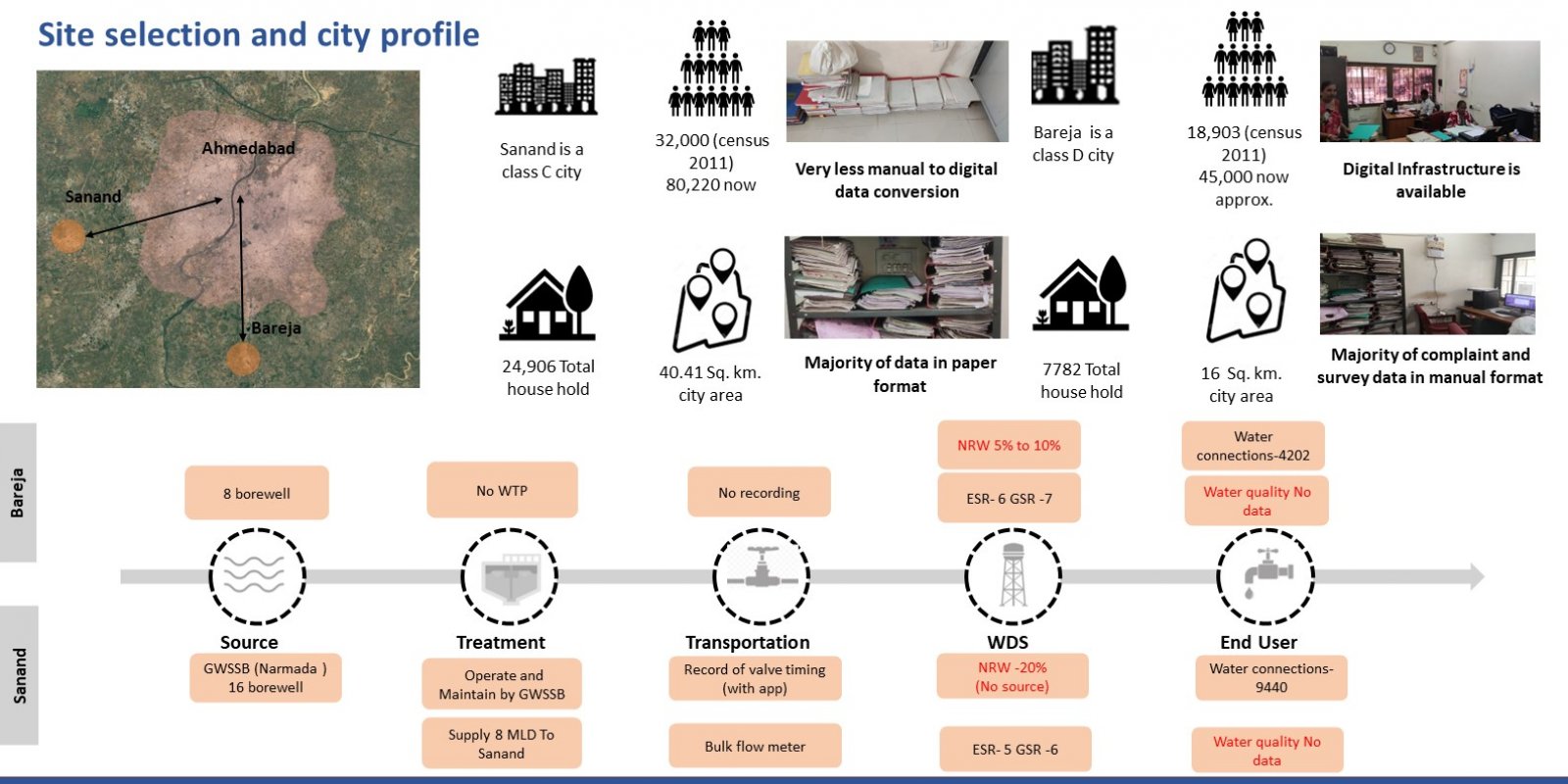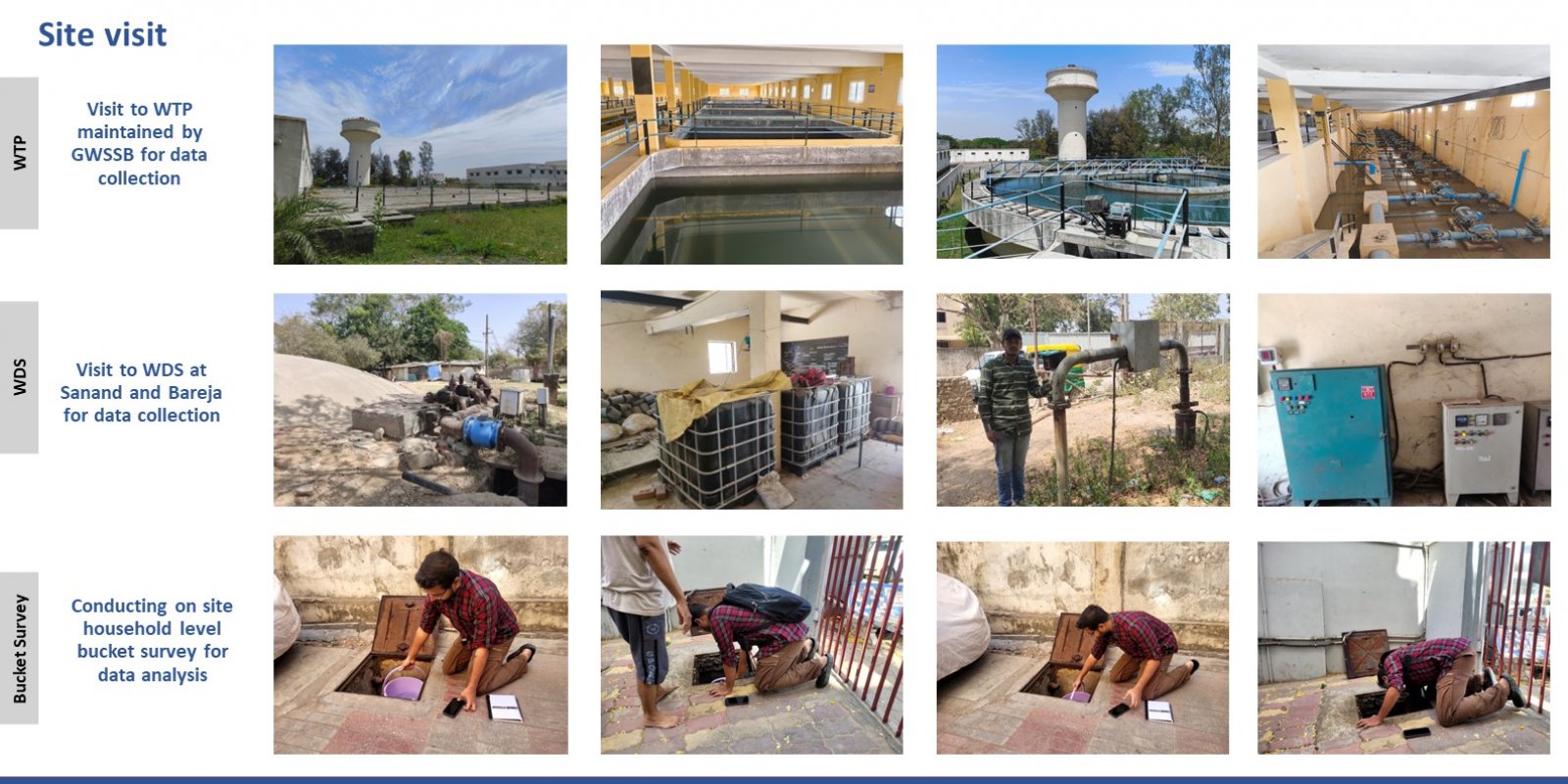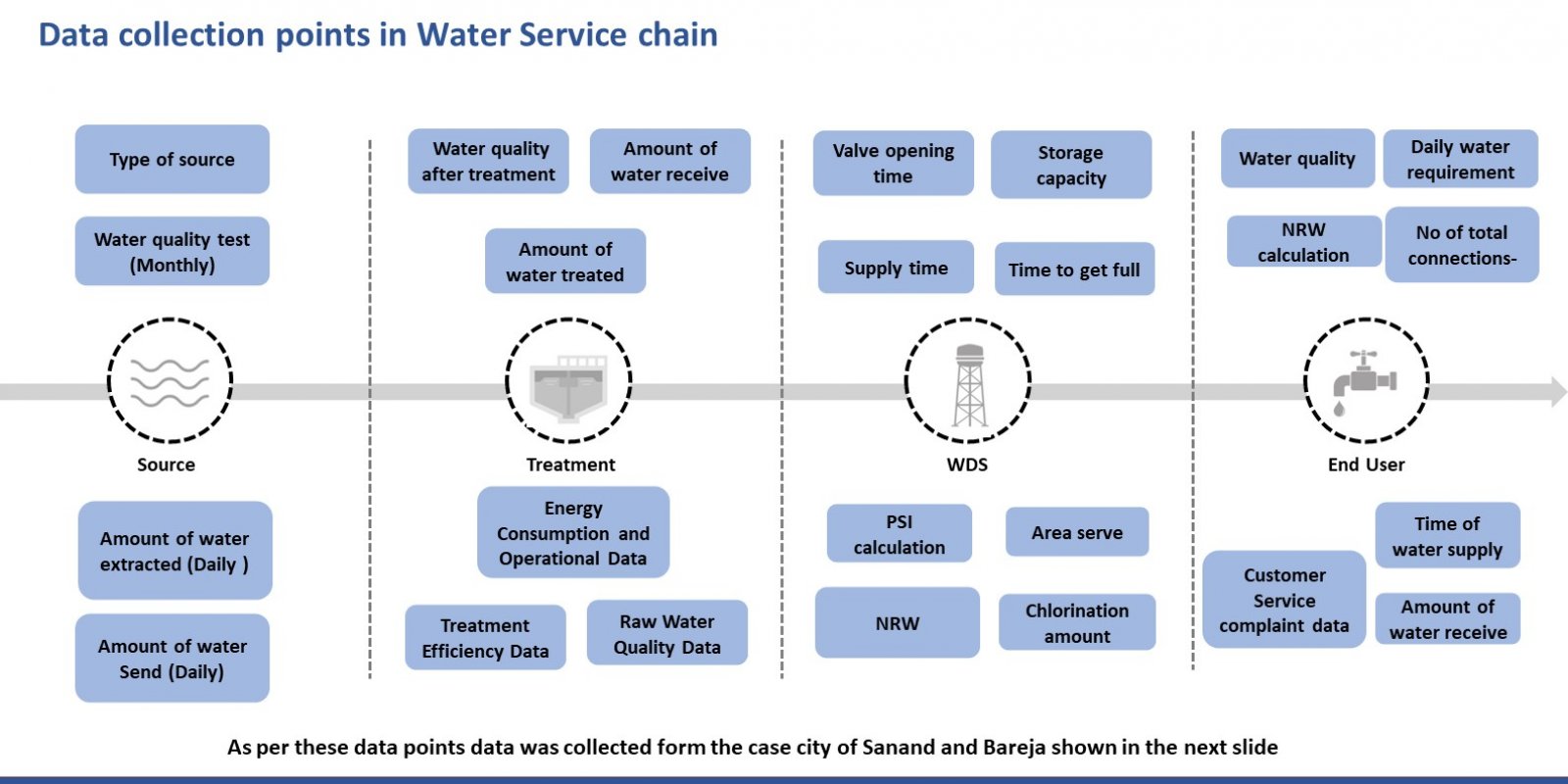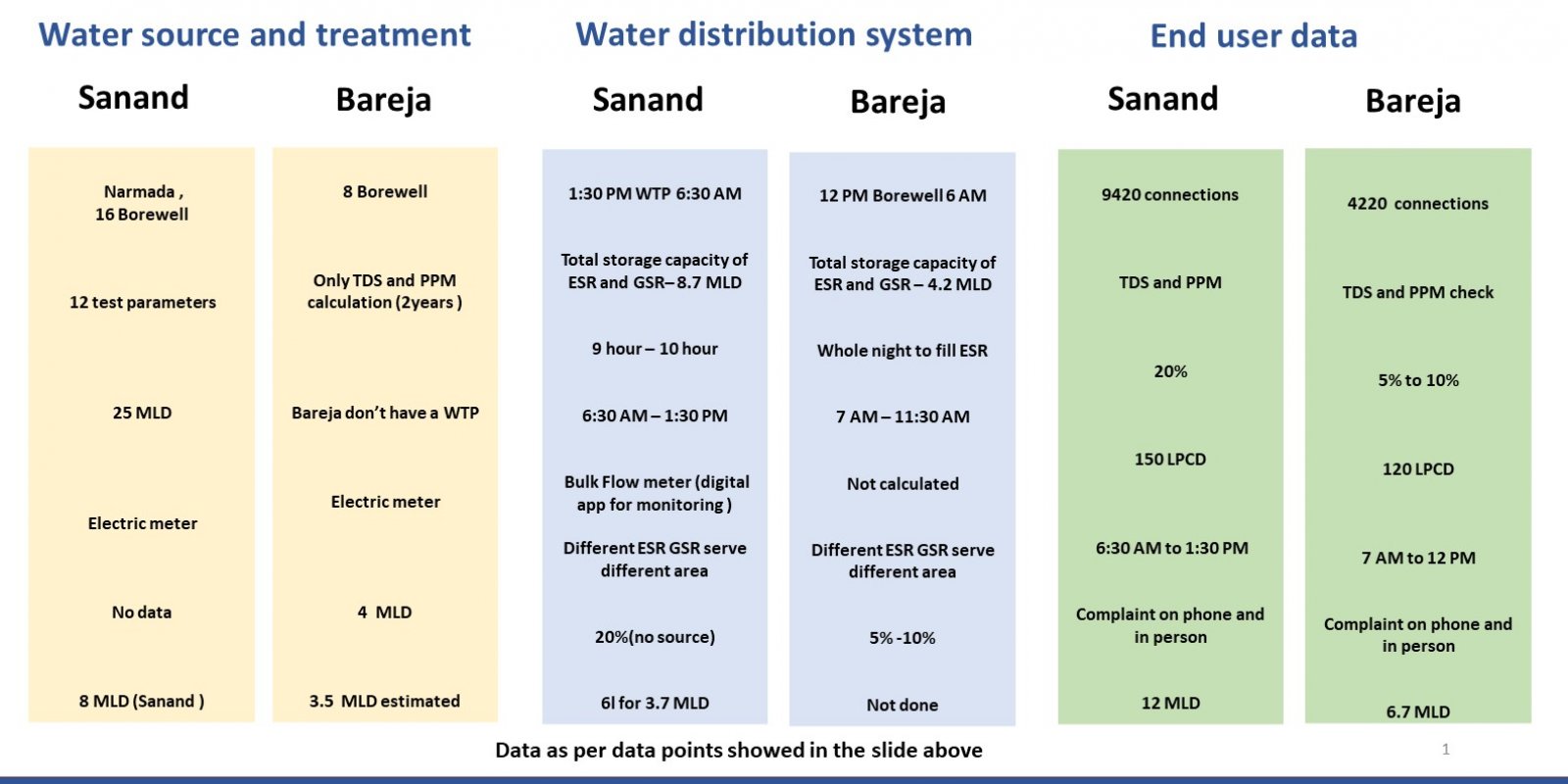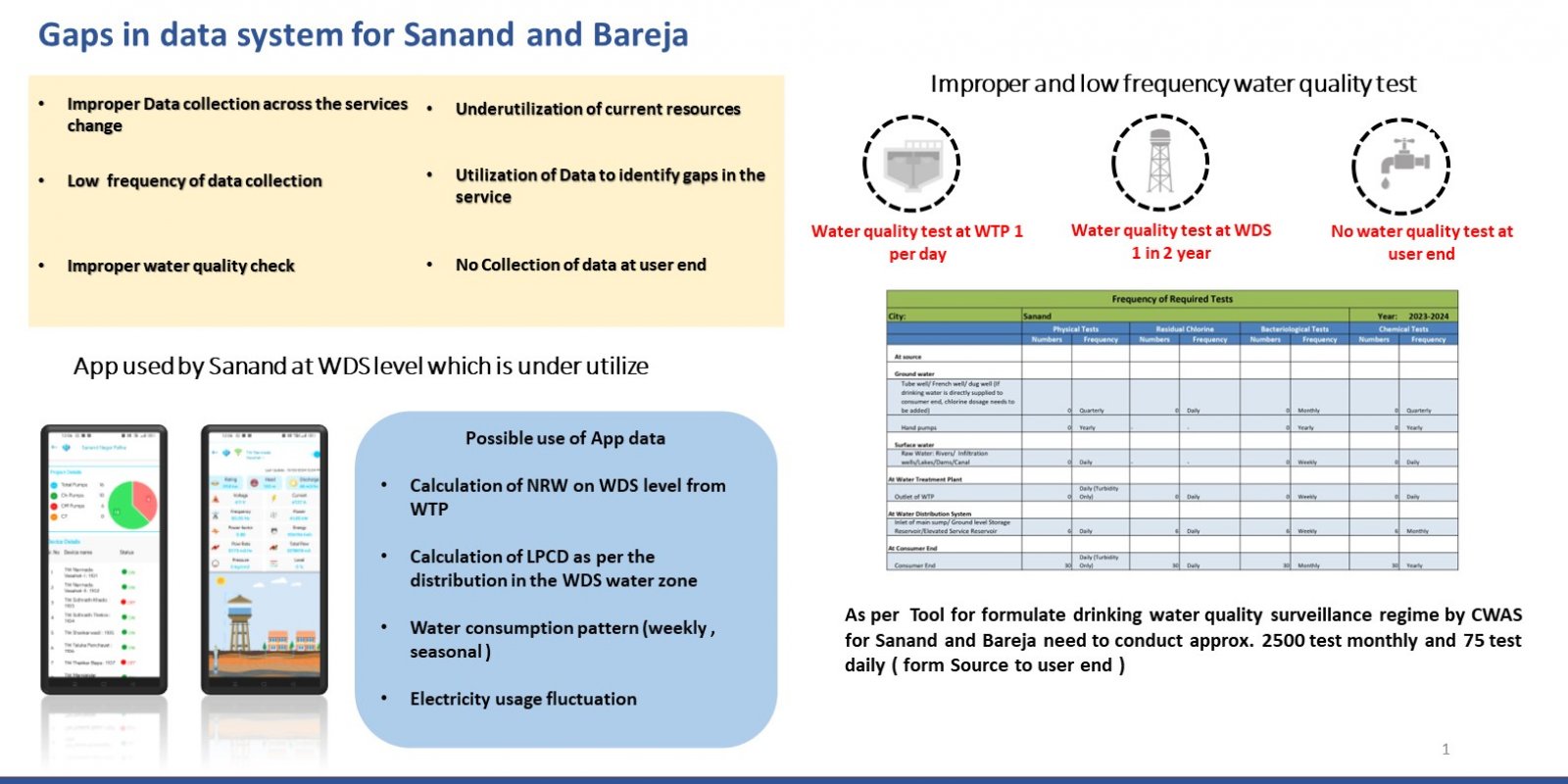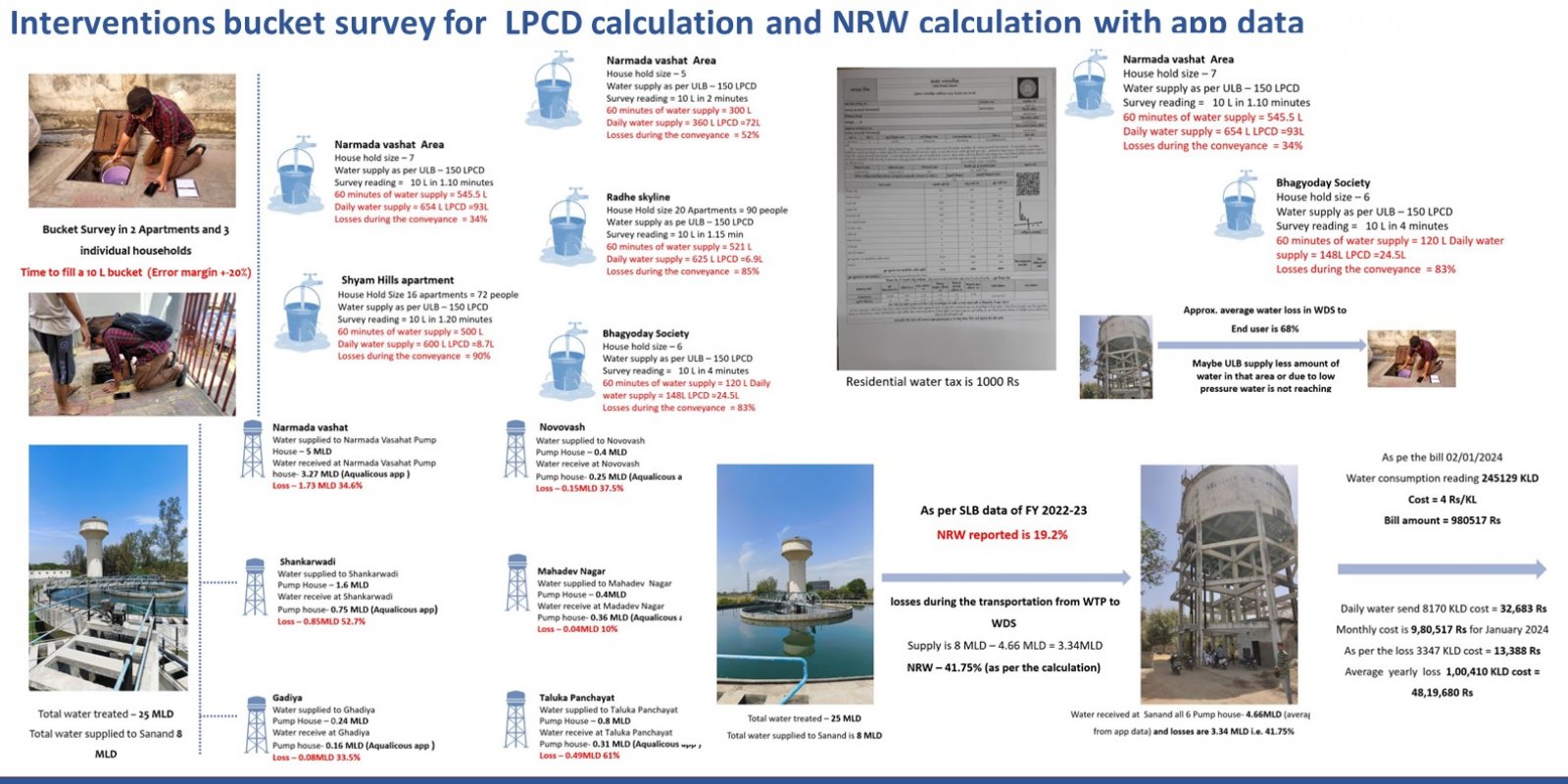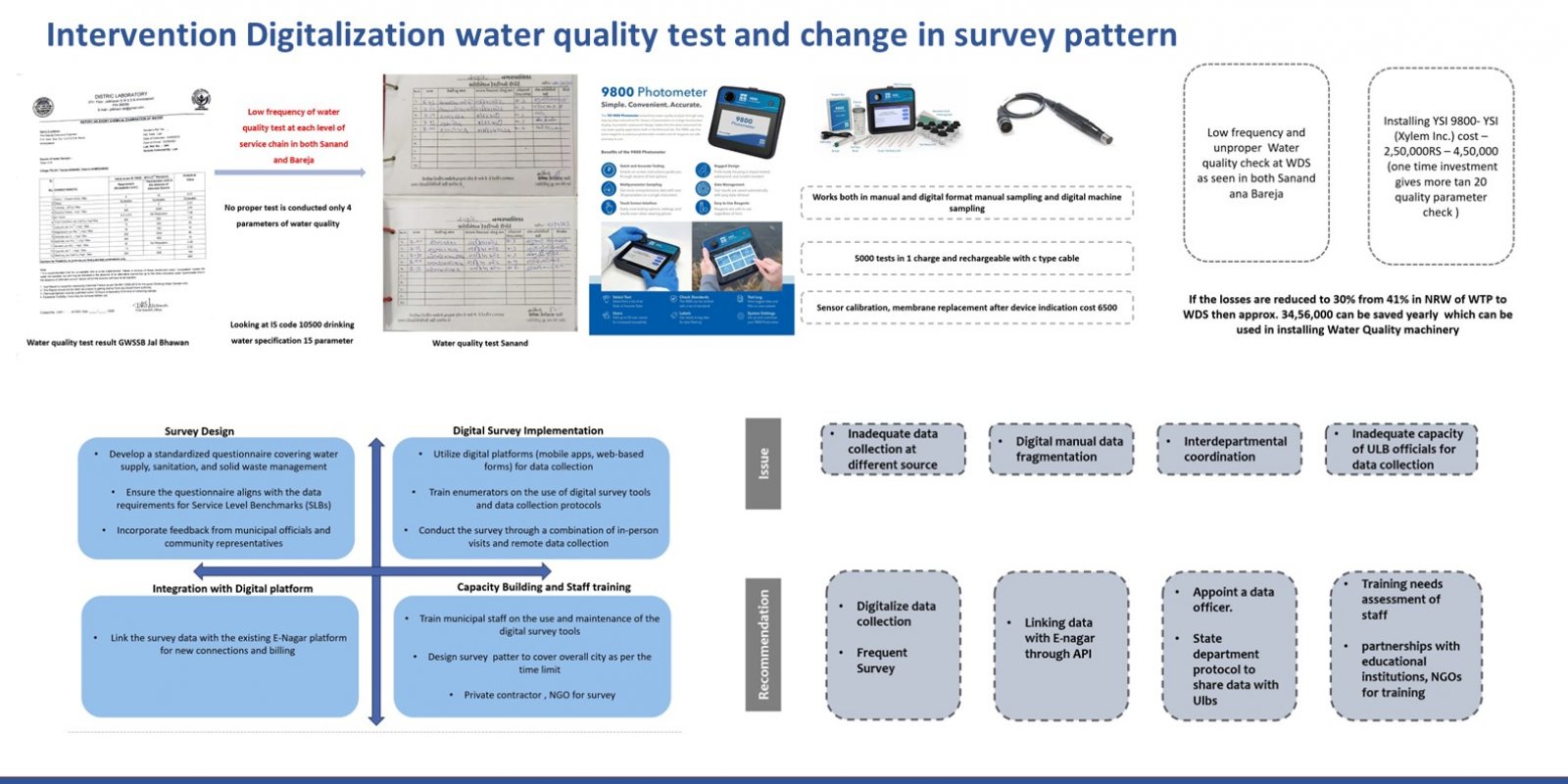Your browser is out-of-date!
For a richer surfing experience on our website, please update your browser. Update my browser now!
For a richer surfing experience on our website, please update your browser. Update my browser now!
Strengthening municipal data systems for water, sanitation, and waste management is crucial to advancing citizen service, resource allocation, and infrastructure identification. However, these systems face challenges such as incomplete data, inadequate recording instruments, and dependence on conjecture. A thorough review of the literature and case studies examines the current state of municipal data systems services in a few select cities. This analysis highlights the need for change by exposing significant flaws and gaps in for the water sector as per the scope of the research. Technology improvements and capacity building are among the strategies that are suggested in order to strengthen data systems for well-informed decision-making and efficient service delivery.
